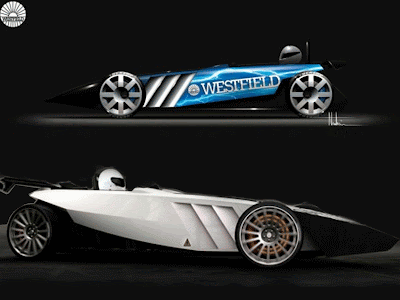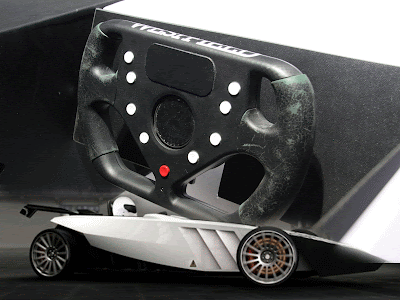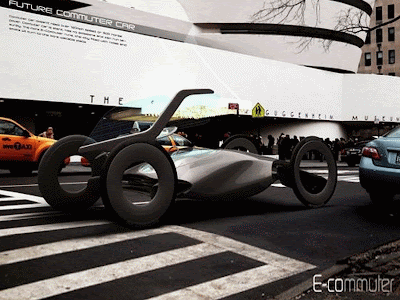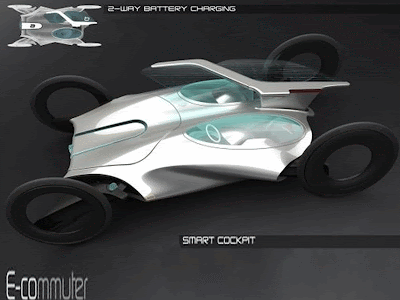Now the creator of the European electric sports cars, the E-Wolf, did not want to lose by giving birth to an electric-powered sports cars they called the E-2. E-E2 Wolf is a German-made electric car with a design that is best for this time as an electric vehicle. But it was not just a matter of course design that looks cool but can also be invited E2 sprinted up to speed 250 km / h and only takes less than 4 seconds to achieve speeds of 000-100 km / h, fast enough for an electric car. With an electric battery backed power capable of producing 1000 NM, the wolf was able to give off electrical power at 536 hp maximum with 738 lb-ft of torque.

2010 E-Wolf Electric Sport Cars E-2
e-WOLF has planned its sales launch (customised limited edition) for the beginning of 2010. (from e-Wolf Press Release) “Our aim is to offer a 2-seater extreme sports car in 2011: the 2010 E-Wolf Electric Sport Cars E-2,” said Kai Schönenberg, Marketing Manager at e-WOLF GmbH. “It will achieve dynamic vehicle performance that is sure to be very impressive.” This innovative 4-wheel drive vehicle will be powered by 4 high-performance electric motors with direct coupling. “Here at e-WOLF, we can certainly envisage our e-2 participating in a 24-hour race in the next few years,” said Schönenberg. e-WOLF is being marketed worldwide, with promotions concentrating initially on the Near East and Japan. e-WOLF is in a different league - it does not compete with the big sports car manufacturers. e-WOLF targets a market segment that has been neglected until now: extreme sports cars for a particularly elite clientele. To put it plainly: it is an electric sports car with a capacity for acceleration that puts it on the edge of technical feasibility.
The weight of the car intentionally made lighter than any other sports car due to the use of carbon fiber material. Therefore, the total weight of the car approximately 900 Kg. Remarkably again, E-Wolf has a battery charging system that is super fast compared to the system plug-in electric cars other. When the switch is connected to a conventional power source, then there will be a technology that allows the battery fully charged offers a range of 300 km (186 miles) and takes just 30 minutes to charge. Top speed is set at 250 km/h (155 mph) and 0-100 km/h(0-62 mph) should come in less than 4 seconds.

2010 E-Wolf Electric Sport Cars E-2, a sales launch is set for the beginning of 2010 and production is expected to occur in 2011.





























































